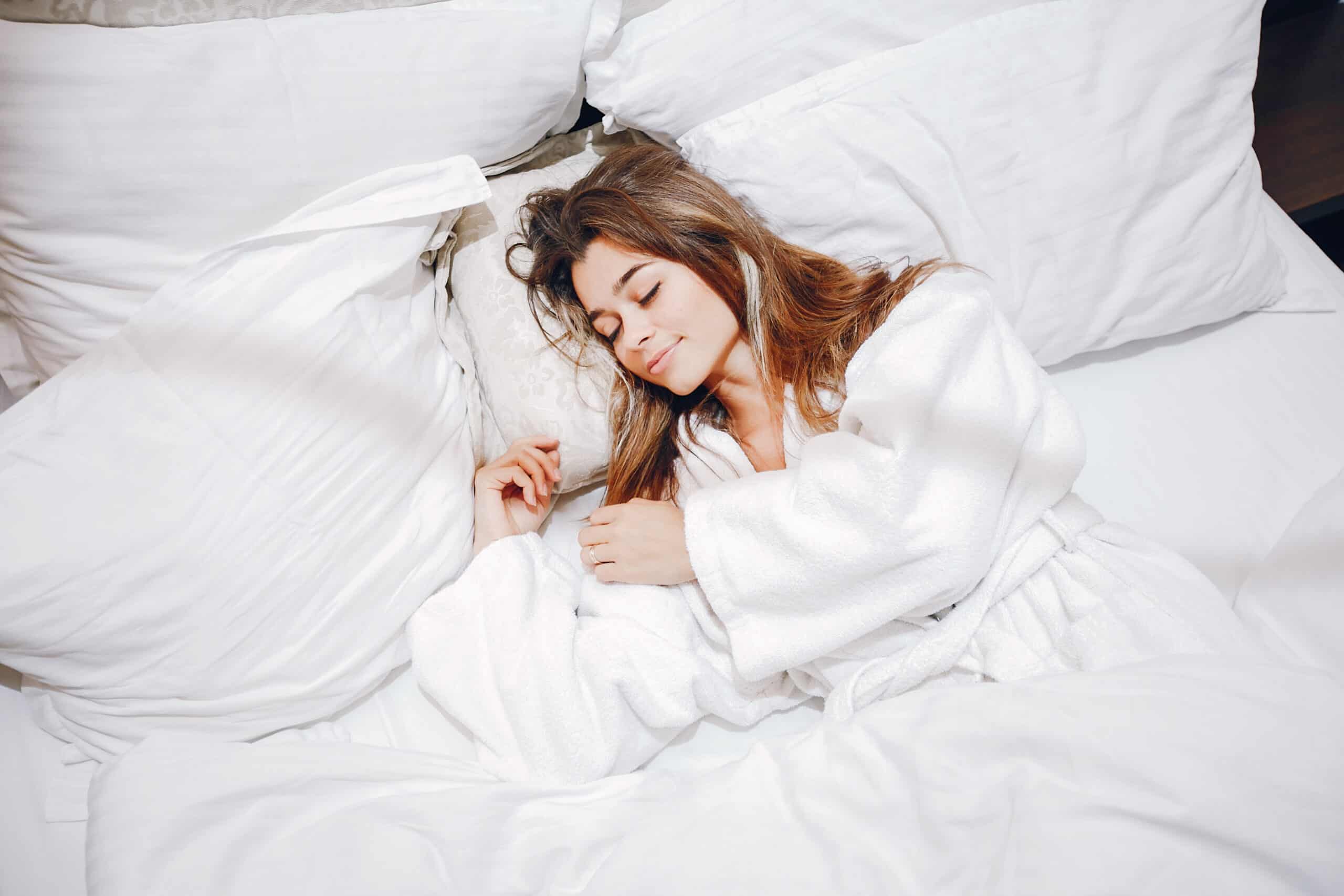

Articles
How To Disinfect Pillows After Having A Flu
Modified: January 19, 2024
Learn effective methods to disinfect pillows after coming down with the flu. Read our informative articles and keep your sleeping environment clean and germ-free.
(Many of the links in this article redirect to a specific reviewed product. Your purchase of these products through affiliate links helps to generate commission for Storables.com, at no extra cost. Learn more)
Why It’s Important to Disinfect Pillows After Having a Flu
After recovering from a bout of the flu, you may think that the worst is over. However, it is crucial not to overlook the importance of disinfecting your pillows. Pillows harbor a significant amount of bacteria, germs, and viruses, including the influenza virus that can cause the flu. Cleaning and disinfecting your pillows after being sick can help reduce the risk of reinfection and promote a healthy environment in your home.
When you have the flu, you often have close contact with your pillow, spending extended periods resting your head on it. During this time, your pillow absorbs sweat, drool, respiratory droplets, and other bodily fluids that can potentially be contaminated with the influenza virus. Even after you recover, the virus can survive on the pillow surface for hours or even days, posing a risk to your health and the health of those around you.
Disinfecting your pillows is an essential step in preventing the spread of the flu virus. By eliminating the lingering germs, you create a clean and safe sleeping environment for yourself and your family members. In addition, disinfecting pillows can help alleviate allergy symptoms and improve overall sleep quality.
Moreover, pillows can be breeding grounds for dust mites, a common allergen that can trigger respiratory problems and exacerbate allergies. Cleaning and disinfecting your pillows not only removes any lingering flu viruses but also eliminates dust mites, dead skin cells, and other allergens that accumulate over time.
Regularly maintaining and disinfecting your pillows also helps prolong their lifespan. Pillows that are not cleaned properly become flat, lose their support, and can even develop an unpleasant odor. By disinfecting your pillows, you ensure that they remain fresh, comfortable, and hygienic, extending their usability.
Overall, disinfecting pillows after having a flu is a crucial step in maintaining a healthy living space and minimizing the risk of recontamination. By eliminating harmful bacteria, viruses, and allergens, you create a cleaner environment that promotes better sleep and well-being for you and your family.
Key Takeaways:
- Disinfecting pillows after the flu is crucial to prevent recontamination and maintain a healthy sleeping environment. Hot water, mild detergent, and proper drying are essential for effective disinfection.
- Regularly disinfecting pillows eliminates bacteria, viruses, and allergens, promoting a cleaner and healthier sleeping environment. Using pillow protectors and washing pillowcases frequently enhances overall cleanliness and hygiene.
Supplies Needed for Disinfecting Pillows
Before you begin the process of disinfecting your pillows after having a flu, it is important to gather all the necessary supplies. Here are the items you will need:
- Hot water: Hot water is essential for effectively killing germs and bacteria on your pillows. Ensure that the water is hot enough to sanitize, but not too hot to damage your pillow’s fabric.
- Mild detergent: Choose a mild detergent that is suitable for your pillow’s fabric type. Avoid using harsh chemicals or bleach, as they can damage and discolor your pillows.
- White vinegar: White vinegar is a natural disinfectant that can help eliminate odors and kill bacteria. It also acts as a fabric softener, leaving your pillows fresh and fluffy.
- Essential oils (optional): If desired, you can add a few drops of essential oils, such as lavender or tea tree oil, to give your pillows a pleasant scent and enhance their disinfecting properties.
- Washing machine: A washing machine will make the process of disinfecting your pillows much easier. Ensure that your machine has a large enough capacity to accommodate your pillows comfortably.
- Dryer or clothesline: You will need a way to dry your pillows adequately after washing them. A tumble dryer on a low heat setting or air drying on a clothesline are both suitable options.
- Pillow protectors (optional): Using pillow protectors can help maintain the cleanliness of your pillows and make future disinfection easier. These protective covers can be easily removed and washed separately.
- Ziplock bags (optional): Ziplock bags can be useful for temporarily storing pillows while waiting to wash or disinfect them. They also prevent the spread of germs during the process.
By gathering these supplies beforehand, you will be well-prepared to effectively disinfect your pillows and ensure a thorough cleaning process. Remember to read the care labels on your pillows for any specific instructions or restrictions to ensure proper maintenance and prevent damage during the disinfection process.
Step-by-Step Guide on How to Disinfect Pillows After Having a Flu
Disinfecting your pillows after recovering from the flu is a straightforward process. Here is a step-by-step guide to help you effectively sanitize your pillows:
- Check the care labels: Before you begin, carefully read the care labels on your pillows to ensure they are machine washable and can be submerged in water. This step is essential to prevent any damage during the disinfection process.
- Remove pillowcases: Start by removing the pillowcases from your pillows. Pillowcases can be laundered separately following their specific washing instructions.
- Place pillows in the washing machine: Next, place your pillows in the washing machine, ensuring there is enough space for the pillows to move freely. If you have multiple pillows, it is best to wash them individually or in pairs to maintain balance within the machine.
- Add detergent and vinegar: Add a mild detergent to the washing machine according to the manufacturer’s instructions. Additionally, pour half a cup of white vinegar into the detergent dispenser. The vinegar acts as a natural disinfectant and helps eliminate any lingering odors.
- Set the machine and wash: Select a gentle or delicate cycle with hot water to effectively kill germs and bacteria. Start the washing machine and allow the pillows to go through a complete wash cycle.
- Drying process: Once the wash cycle is complete, carefully remove the pillows from the machine. Depending on the pillow’s material and care instructions, you can either tumble-dry on a low heat setting or air dry them on a clothesline. Avoid direct sunlight, as it can cause the pillows to fade or become brittle.
- Fluff and rotate: After the pillows are completely dry, give them a good fluff to restore their shape and ensure proper distribution of the filling. It’s also a good idea to rotate the pillows periodically to prevent them from wearing unevenly.
- Replace pillowcases: Once the pillows are clean and dry, put fresh, clean pillowcases back on. This adds an extra layer of protection and maintains the cleanliness of the pillows between washes.
It is important to note that not all pillows can be machine washed. Pillows made of memory foam, for example, usually cannot be submerged in water. In such cases, spot cleaning with a mild detergent and water or using a fabric sanitizing spray can be an alternative method for disinfection.
Following these steps will help ensure that your pillows are thoroughly disinfected, fresh, and ready to use again. It is recommended to periodically repeat this process to maintain a clean and sanitary sleeping environment.
To disinfect pillows after having the flu, wash the pillowcase and pillow in hot water and dry on high heat. Alternatively, you can use a disinfectant spray specifically designed for fabrics.
Alternative Methods for Disinfecting Pillows
While machine washing is the most common and effective method for disinfecting pillows, there are alternative methods available, especially for pillows that cannot be machine washed. Here are a few alternatives to consider:
- Spot cleaning: Spot cleaning is a useful method for pillows that cannot be fully submerged in water, such as memory foam pillows. To spot clean, mix a mild detergent with water and dip a clean cloth or sponge into the solution. Gently dab the stained or soiled areas of the pillow, taking care not to saturate the pillow with excess moisture. Blot the area with a clean, damp cloth to remove any remaining soap residue. Allow the pillow to air dry completely before reusing.
- Steam cleaning: Steam cleaning can be an effective way to disinfect pillows without using water or detergents. Use a handheld steamer and run it over the surface of the pillow, paying close attention to any stained or soiled areas. The high heat from the steam helps kill bacteria and germs. Ensure that you follow the manufacturer’s instructions for your steam cleaner and allow the pillow to dry completely before using it again.
- Freezing: Freezing your pillows can also help kill bacteria and dust mites. Place the pillow in a large plastic bag and seal it tightly. Put the pillow in the freezer for at least 24 hours. The freezing temperatures will eliminate the germs and allergens. Afterward, remove the pillow from the freezer and allow it to thaw completely before use.
- Using a fabric sanitizing spray: Another option is to use a fabric sanitizing spray specially formulated to kill germs and bacteria. Spray the solution evenly over the surface of the pillow, following the instructions on the product label. Allow the spray to dry completely before using the pillow again. This method is particularly handy for pillows that cannot be washed or spot cleaned.
It’s important to note that while these alternative methods can help disinfect pillows, they are not as thorough as machine washing. It is still recommended to machine wash your pillows whenever possible for a more effective and comprehensive cleaning.
Remember, different pillow materials may require different cleaning methods. Always check the care label and manufacturer’s recommendations before attempting any alternative methods.
By considering these alternative methods, you can effectively disinfect your pillows and maintain a clean sleeping environment, even for pillows that cannot undergo traditional machine washing.
Tips and Precautions for Effective Pillow Disinfection
While disinfecting your pillows after having a flu is important, it’s essential to follow these tips and precautions to ensure effective and safe pillow disinfection:
- Read the care labels: Always check the care labels on your pillows to understand the recommended cleaning methods and any specific instructions or restrictions.
- Use hot water: Hot water is effective in killing germs and bacteria. Make sure the water is hot enough to sanitize but not too hot to damage your pillow’s fabric.
- Choose the right detergent: Select a mild detergent suitable for your pillow’s fabric type. Avoid using harsh chemicals or bleach, as they can damage and discolor your pillows.
- Be cautious with memory foam pillows: Memory foam pillows should not be submerged in water; instead, spot cleaning or using a fabric sanitizing spray is recommended.
- Properly dry the pillows: Ensure your pillows are completely dry before using them again. Use a low heat setting in the dryer or air dry them on a clothesline. Avoid direct sunlight as it may cause the pillows to fade or become brittle.
- Fluff and rotate: Regularly fluff and rotate your pillows to prevent uneven wear and maintain their shape and support.
- Consider pillow protectors: Using pillow protectors can help maintain the cleanliness of your pillows and make future disinfection easier. They act as an additional barrier against germs, allergens, and stains.
- Disinfect regularly: It’s a good practice to disinfect your pillows at regular intervals, even when you’re not sick. This helps maintain a clean and healthy sleeping environment.
- Wash pillowcases frequently: Wash your pillowcases regularly, ideally once a week, to remove sweat, oils, and other contaminants.
- Ensure proper storage: When not in use, store your pillows in a clean and dry area, protected from dust and moisture.
It’s important to prioritize your health and hygiene by effectively disinfecting your pillows. By following these tips and precautions, you can ensure that the disinfection process is efficient, safe, and maintains the quality and longevity of your pillows.
Read more: How To Disinfect Toothbrush After Covid?
Conclusion
Disinfecting your pillows after having a flu is a crucial step to prevent the spread of germs and maintain a clean and healthy sleeping environment. Pillows can harbor bacteria, germs, and viruses, including the influenza virus, even after you’ve recovered from an illness.
By following a few simple steps and using the right supplies, you can effectively disinfect your pillows. Machine washing with hot water and mild detergent is the most recommended method for thorough disinfection. However, alternative methods such as spot cleaning, steam cleaning, freezing, or using fabric sanitizing sprays can be used for pillows that cannot be machine washed.
Remember to always read the care labels on your pillows and follow the manufacturer’s instructions for proper maintenance. Additionally, take precautions like using hot water, choosing the right detergent, and properly drying your pillows to ensure effective disinfection without damaging the fabric.
Regularly disinfecting your pillows not only eliminates bacteria, viruses, and allergens but also helps maintain their cleanliness and lifespan. It promotes a healthier sleeping environment, reduces the risk of recontamination, and can provide relief from allergy symptoms.
By incorporating the tips and precautions mentioned, such as fluffing and rotating your pillows, using pillow protectors, and washing pillowcases frequently, you can enhance the overall cleanliness and hygiene of your pillows.
Remember, a clean and comfortable sleep surface is essential for a good night’s rest and overall well-being. Prioritizing pillow disinfection after having a flu will contribute to a healthier living space, minimizing the risk of reinfection and promoting a fresh and revitalizing sleep environment.
Frequently Asked Questions about How To Disinfect Pillows After Having A Flu
Was this page helpful?
At Storables.com, we guarantee accurate and reliable information. Our content, validated by Expert Board Contributors, is crafted following stringent Editorial Policies. We're committed to providing you with well-researched, expert-backed insights for all your informational needs.
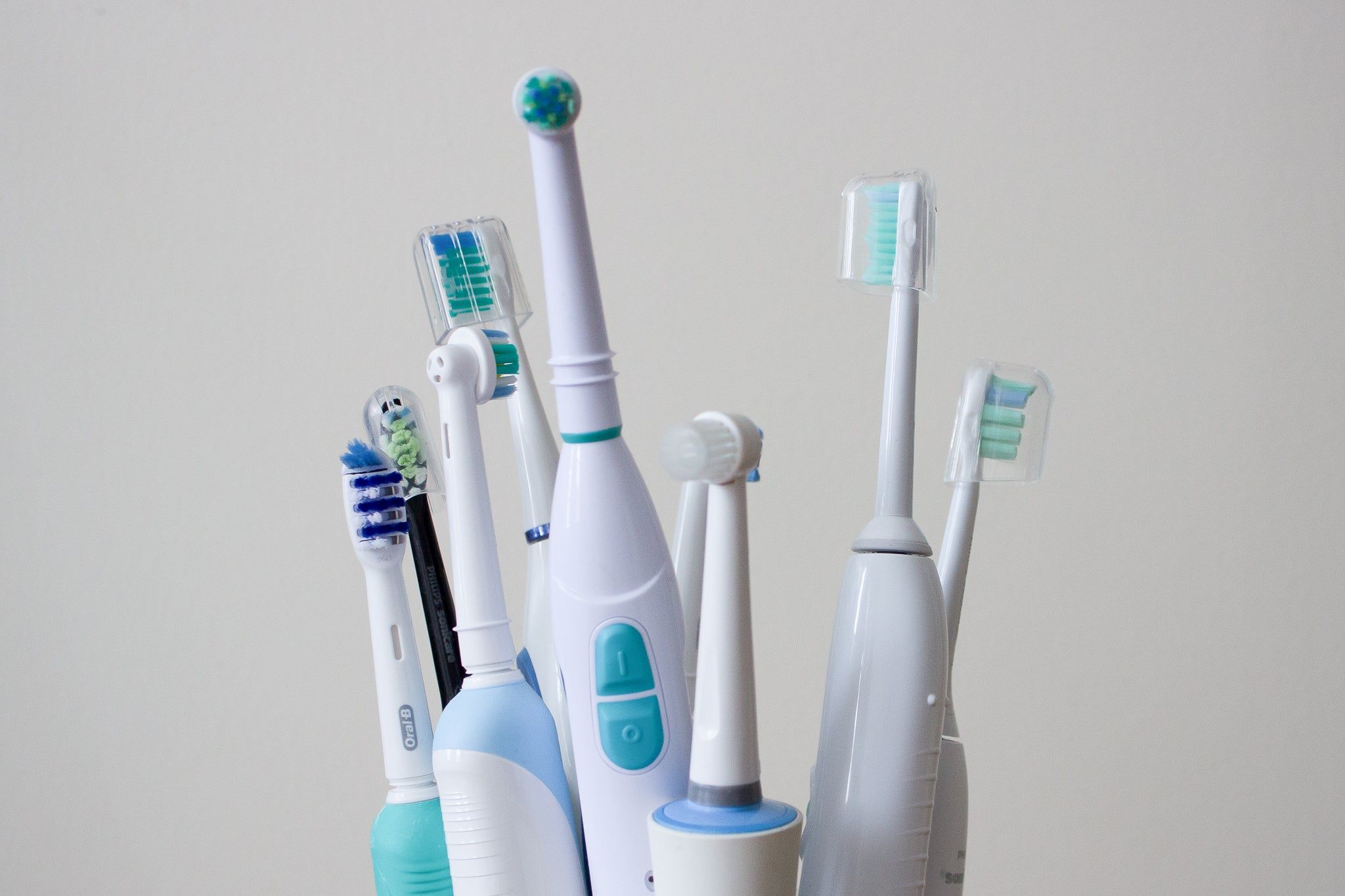
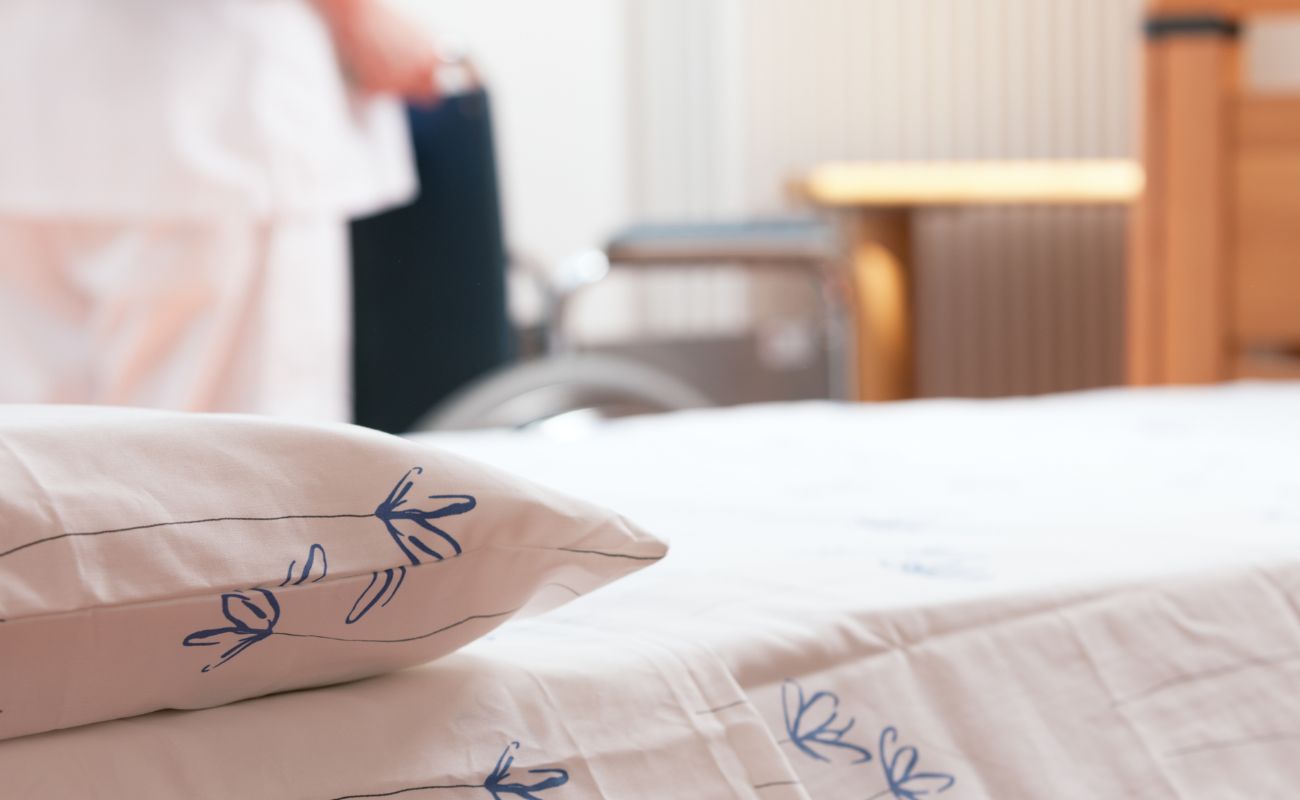
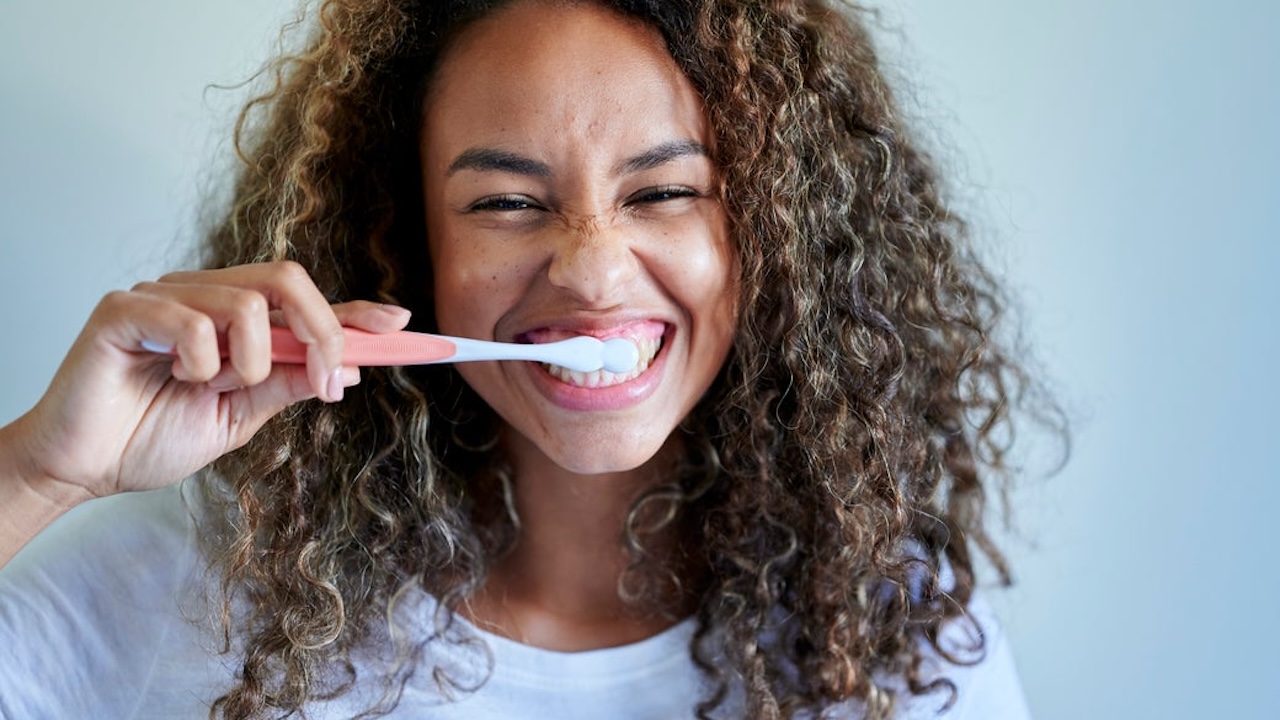
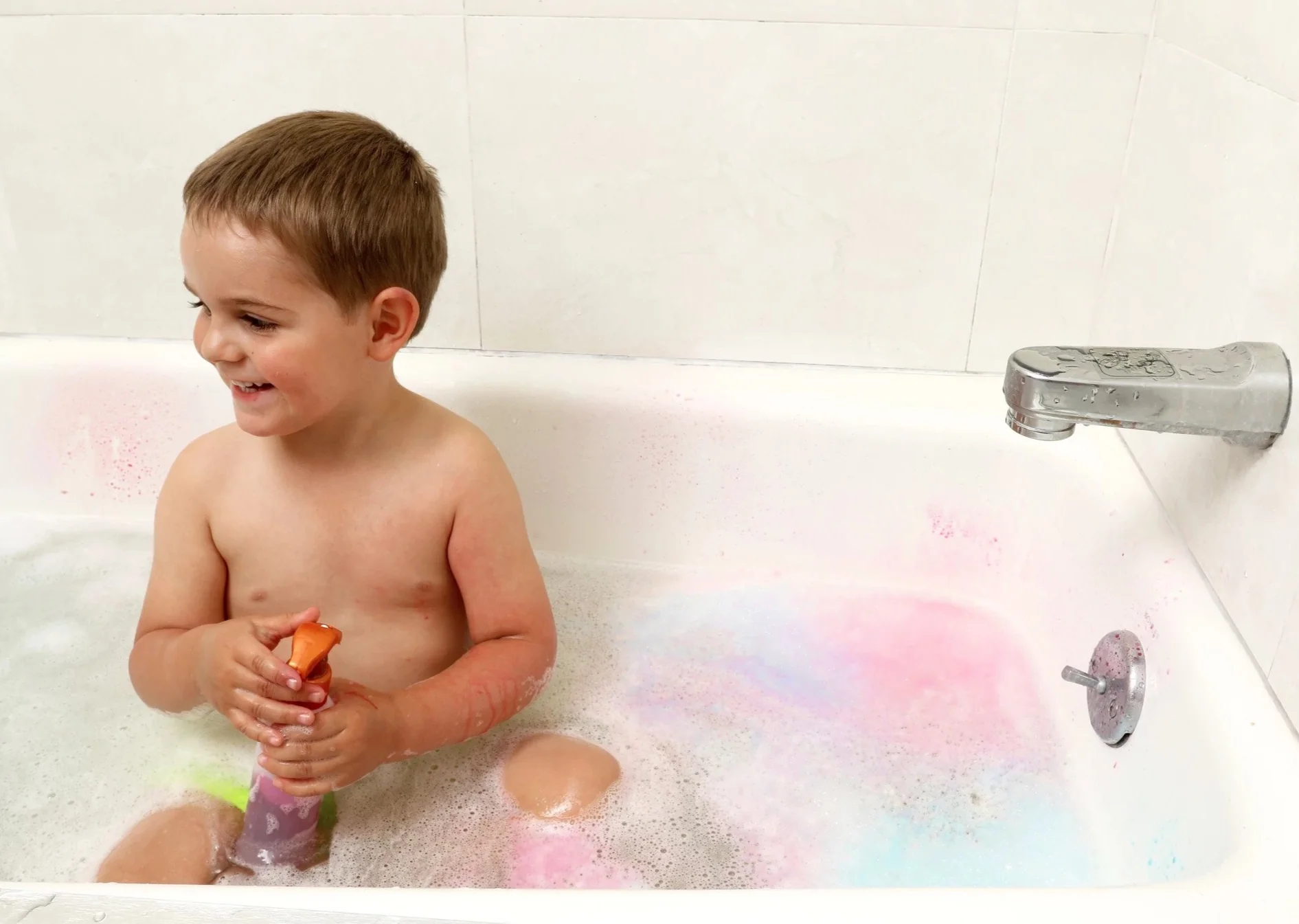
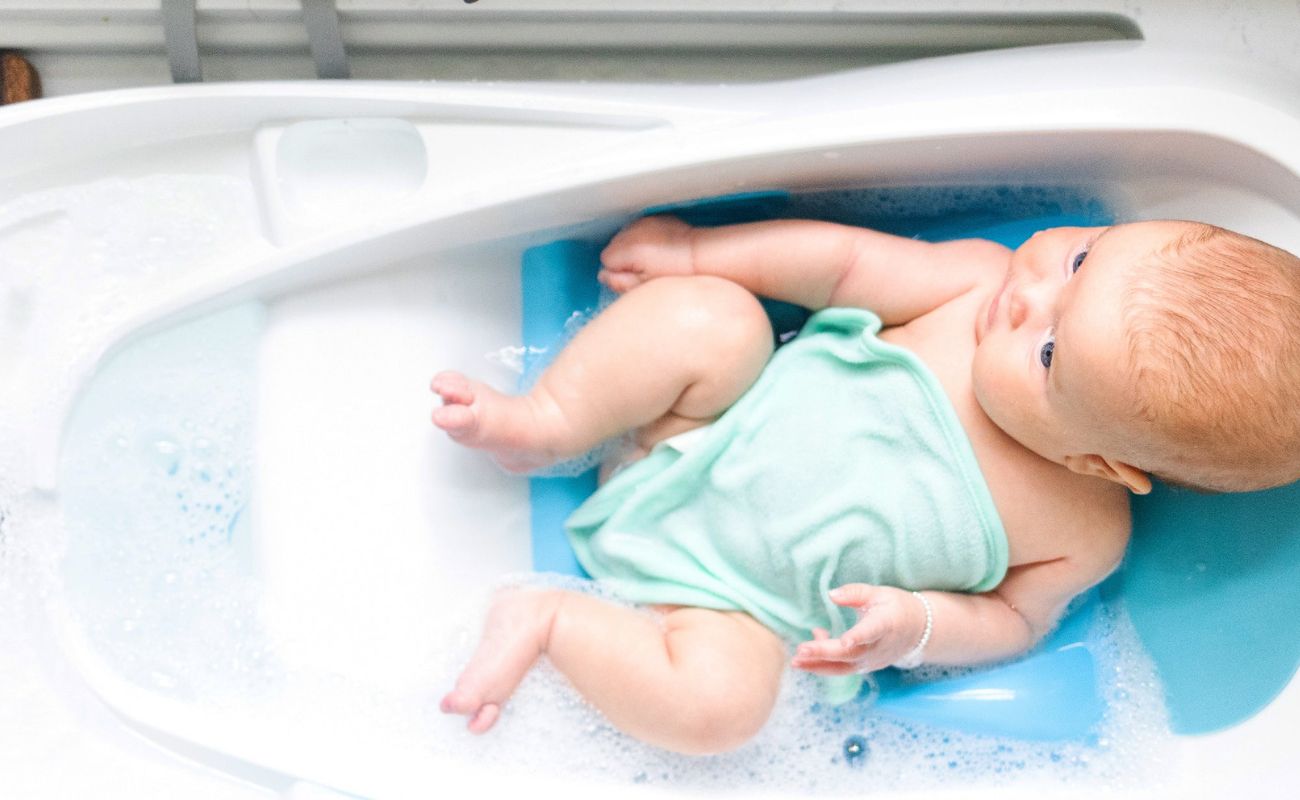
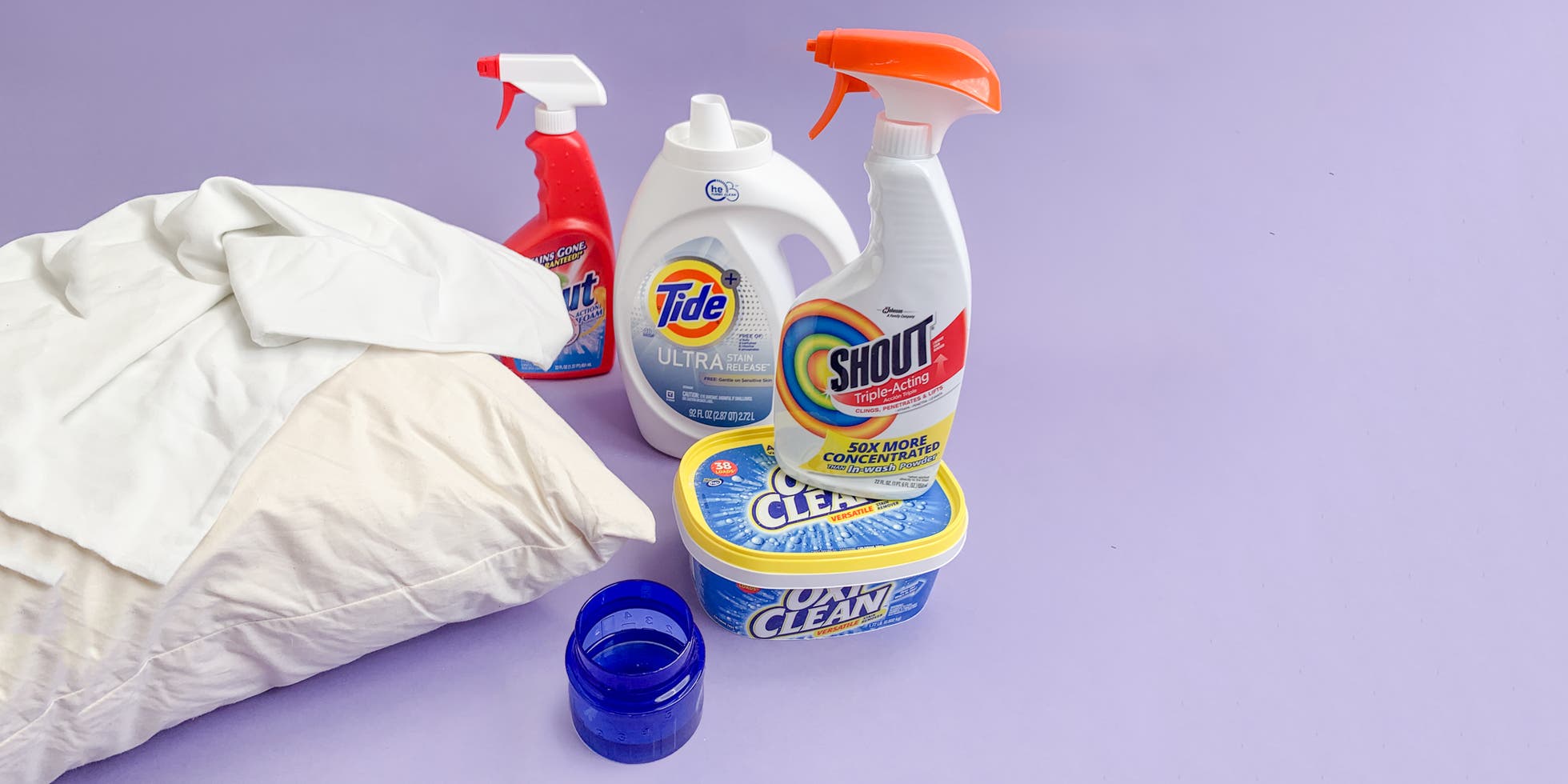
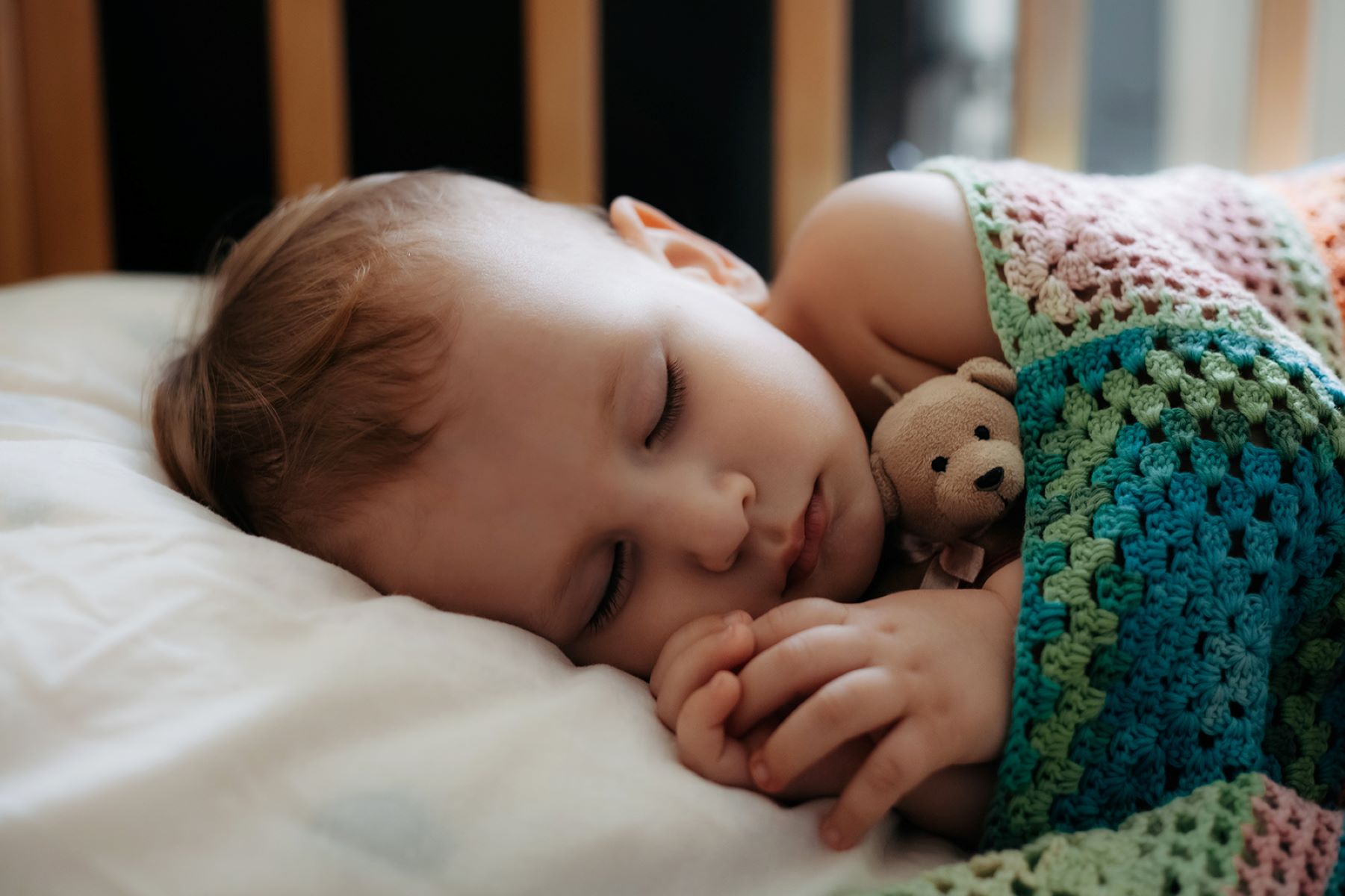
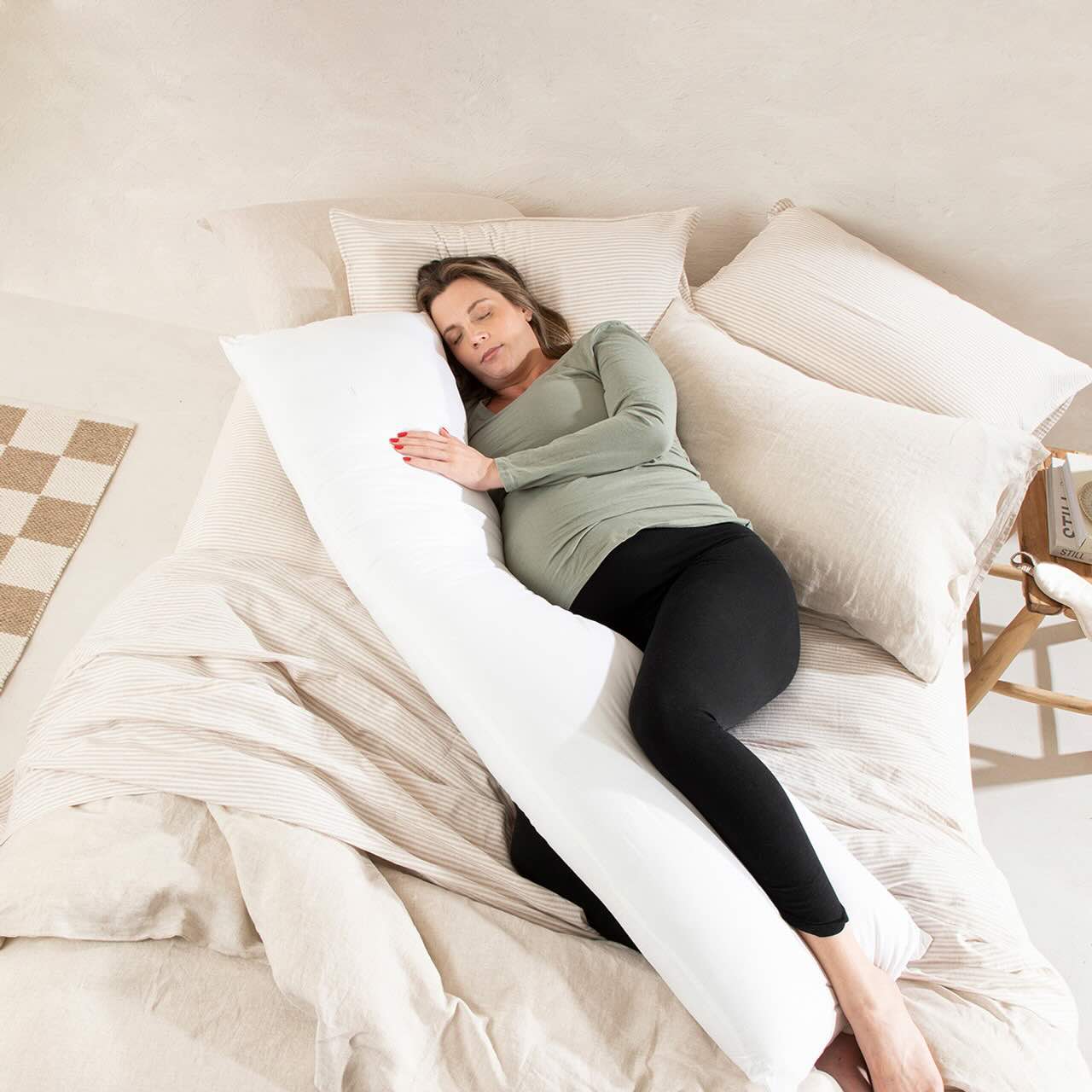
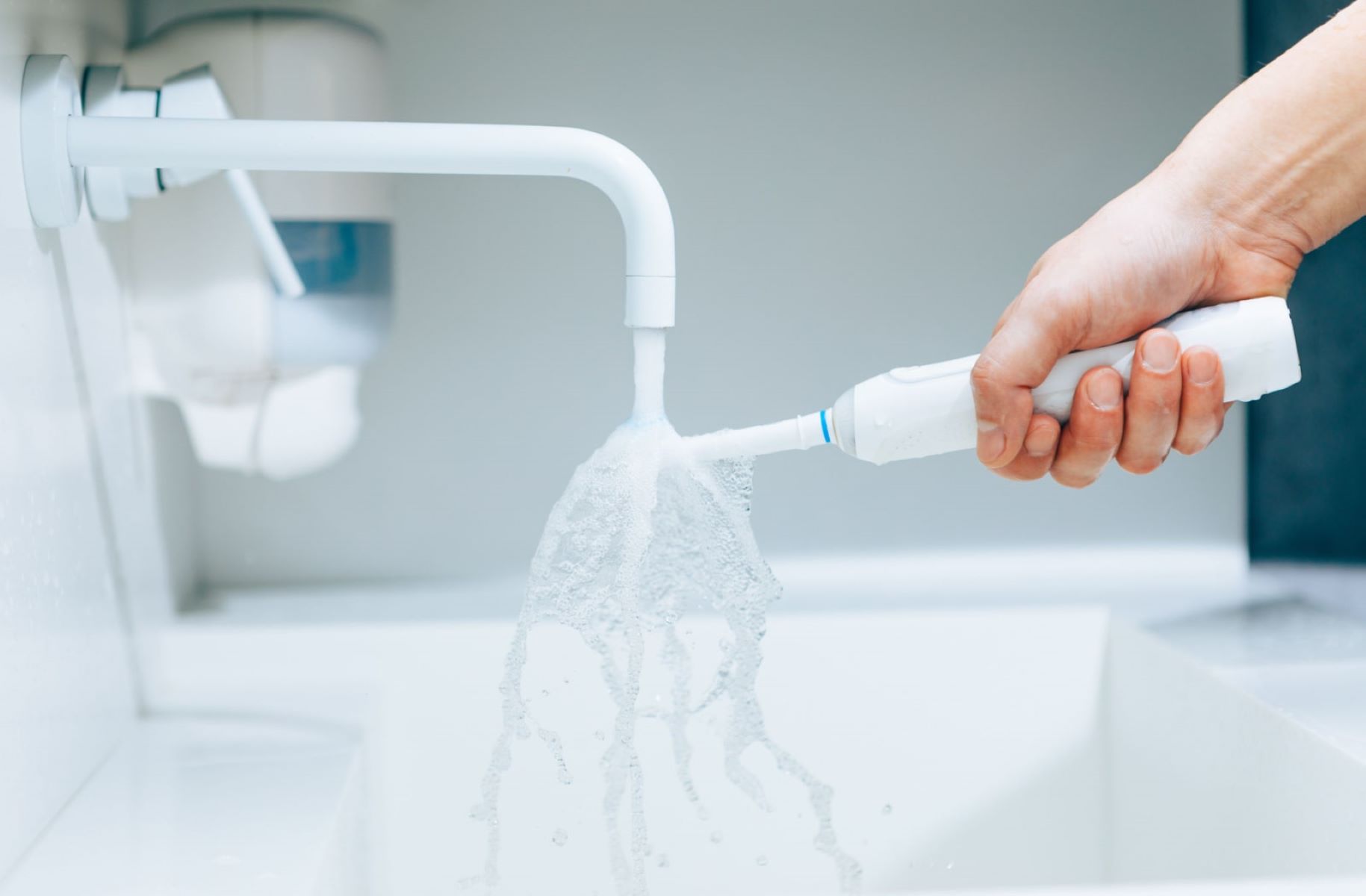
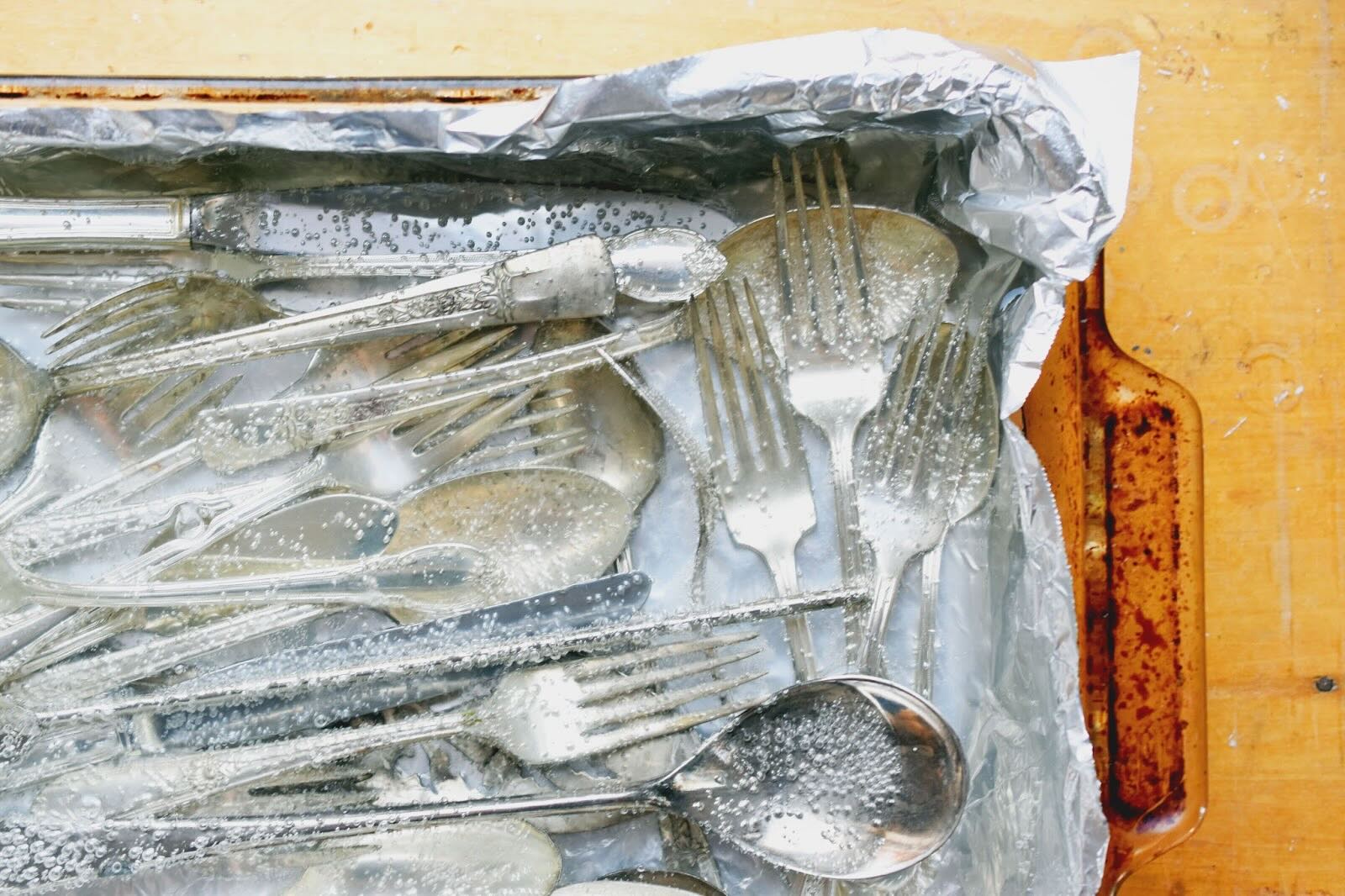
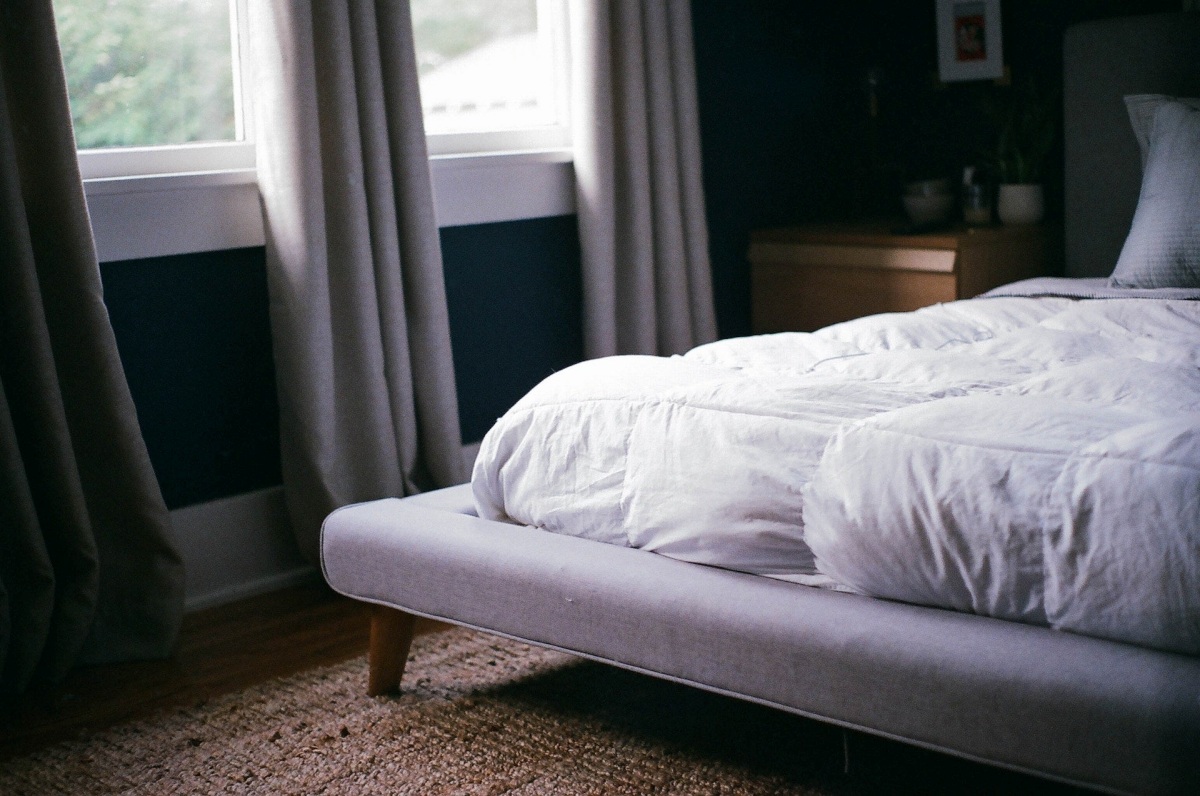
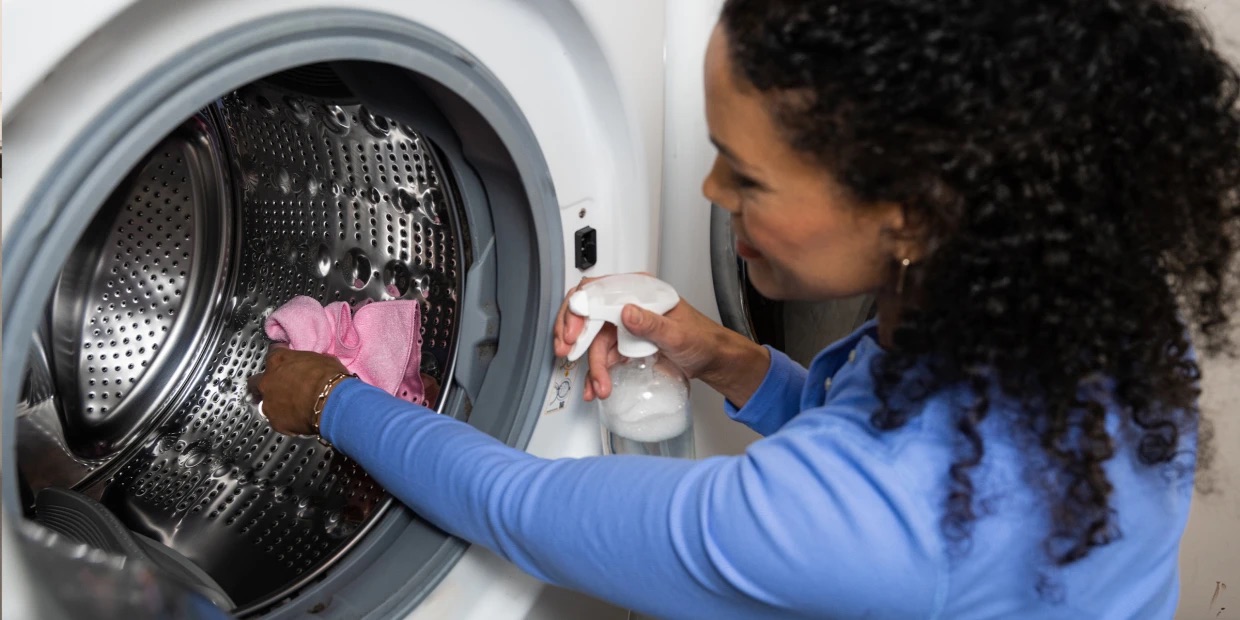
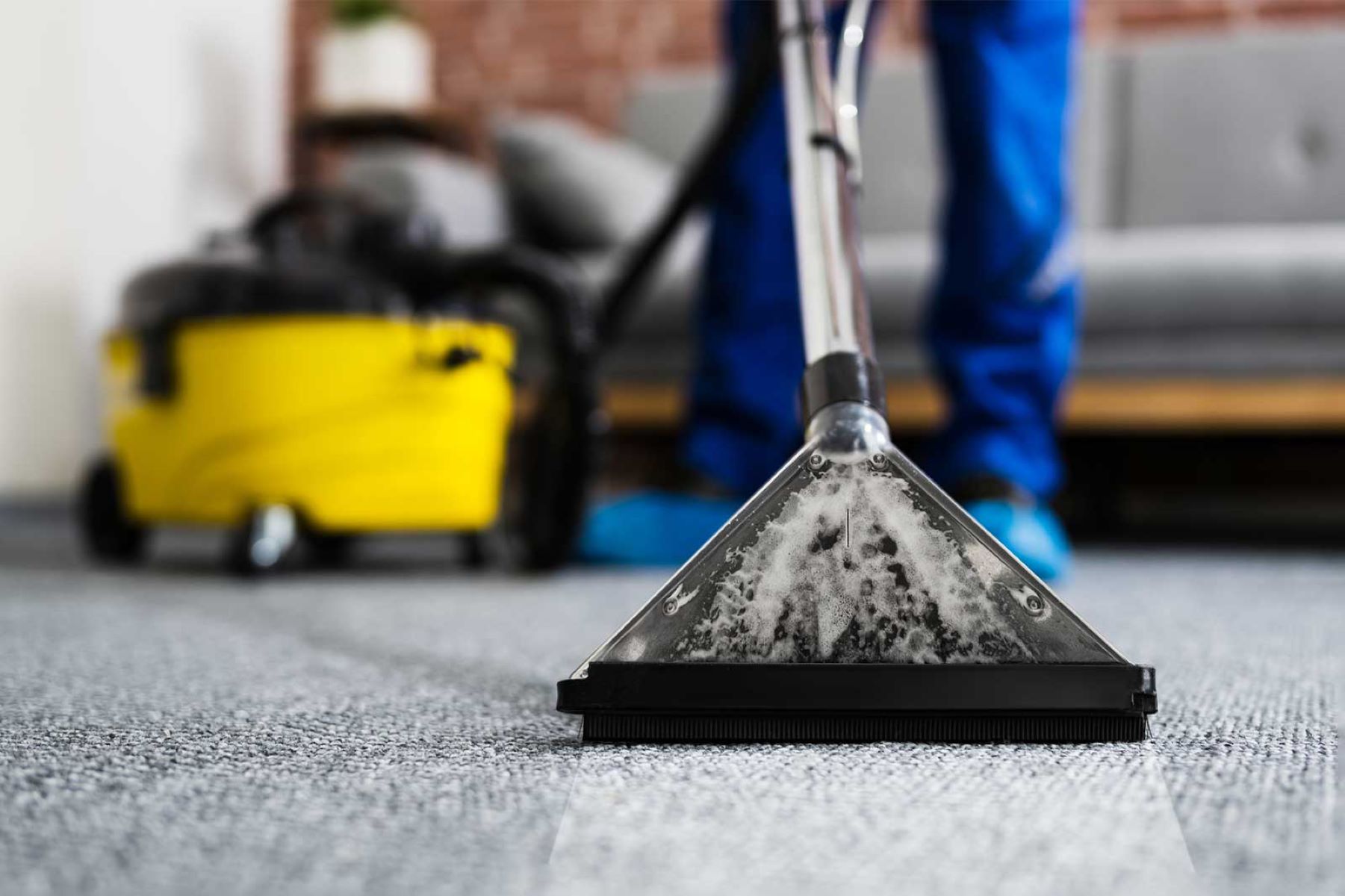
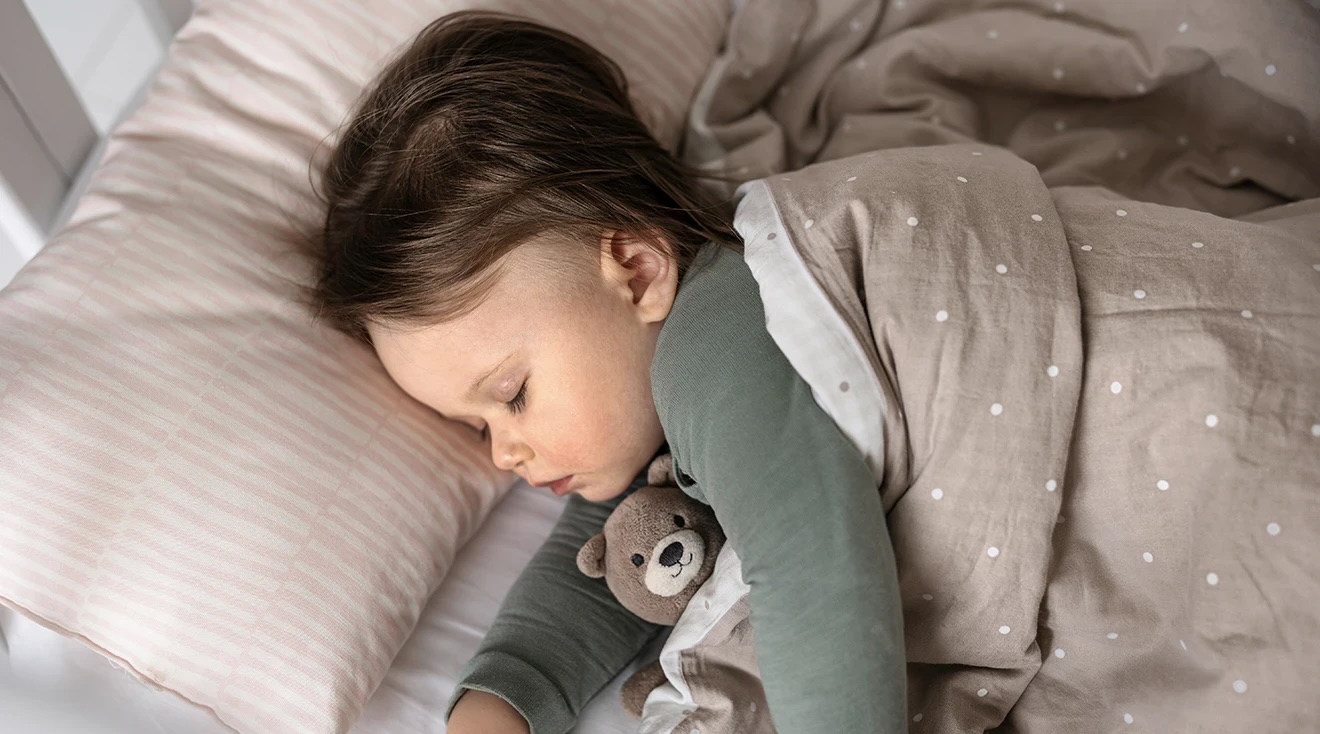

0 thoughts on “How To Disinfect Pillows After Having A Flu”